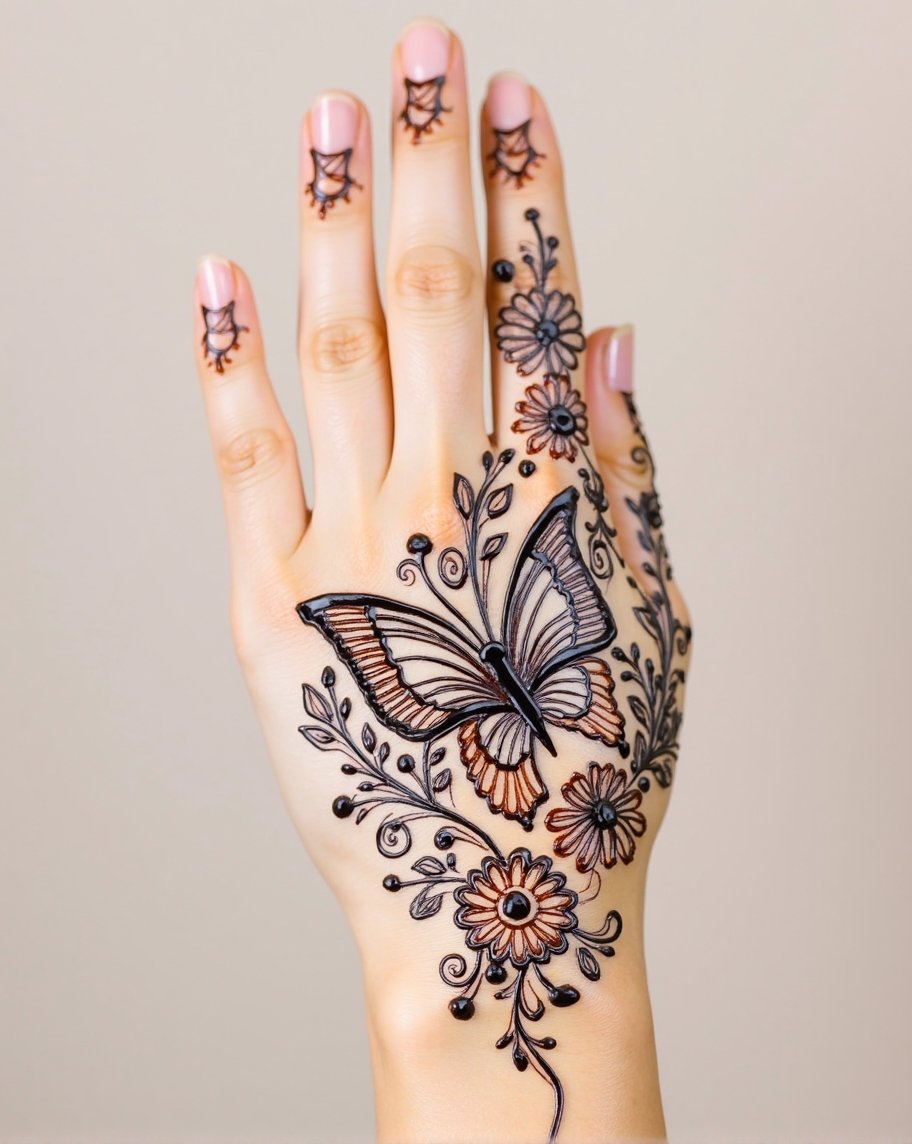
Mehndi Design: From Ancient Tradition to Modern Art
Mehndi—also known as henna—is more than just a form of body art. It is a cultural tradition, a symbol of celebration, and an age-old expression of beauty passed down through generations. With its roots tracing back to South Asia and the Middle East, mehndi designs have evolved over centuries while preserving their deep cultural significance.
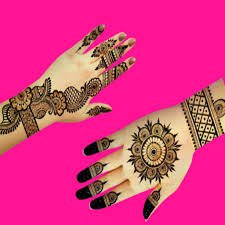
What Is Mehndi?
Mehndi is a natural dye made from the powdered leaves of the henna plant. When turned into a paste and applied to the skin, it leaves behind a reddish-brown stain after a few hours. This stain not only looks beautiful but also has cooling properties, which is why it is especially popular in warmer climates.

In many cultures, mehndi is not just an accessory—it’s a ritual. From weddings to religious festivals, the application of mehndi marks moments of joy, prosperity, and good fortune.
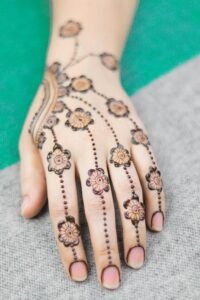
Types of Mehndi Best signs
There are several popular mehndi design styles, each with its unique features and cultural flair. Here are the main types:
-
Arabic Mehndi Design
Arabic designs are known for their bold lines and floral patterns. These are often less intricate but more spacious and elegant, making them perfect for modern occasions. Flowers, leaves, and flowing vines are the most common elements. -
Indian Mehndi Design
This style is detailed and elaborate, often covering the entire hand and feet. Indian designs frequently feature traditional motifs like peacocks, mandalas, and even bride-groom figures. They are particularly popular for weddings and festivals like Diwali and Karva Chauth. -
Pakistani Mehndi Design
A blend of Indian and Arabic styles, Pakistani mehndi designs are rich in cultural symbolism. Domes, paisleys, geometric shapes, and intricate borders make these designs ideal for religious and ceremonial events. -
Moroccan Mehndi Design
Originating from North Africa, Moroccan designs are geometric and symmetrical. Unlike floral styles, these patterns focus more on lines, dots, and shapes, appealing to those who prefer minimalist and unique designs. -
Western or Contemporary Mehndi Design
In Western countries, mehndi is often used as a form of temporary tattoo. Designs may include hearts, stars, initials, or tribal patterns. This style leans toward simplicity and modern aesthetics, and is popular among younger generations.
Cultural Significance of Mehndi
Mehndi is deeply rooted in cultural rituals. In South Asian weddings, for example, the mehndi ceremony is one of the most awaited pre-wedding events. The bride’s hands and feet are adorned with intricate designs, and it is said that the darker the color, the deeper the love between the couple.
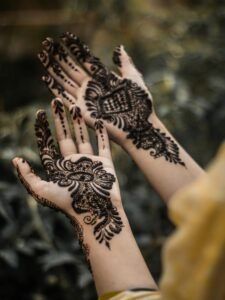
Mehndi is also applied during festivals like Eid, Diwali, and Teej, where it symbolizes joy, prosperity, and devotion. The process of applying mehndi is often social—it brings people together, filled with laughter, music, and celebration.
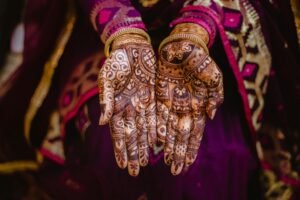
Mehndi in the Modern Era
With the rise of social media platforms like Instagram, Pinterest, and TikTok, mehndi design has become a global trend. Artists now share thousands of innovative designs online, inspiring people across the world.
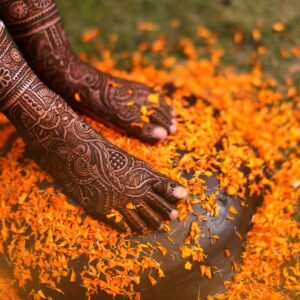
Modern bridal mehndi has become more personalized. Some brides choose to incorporate initials, wedding dates, or even miniature portraits of their partner.
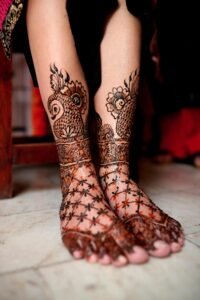
Newer trends also include white mehndi, glitter mehndi, and mehndi with crystals or beads.
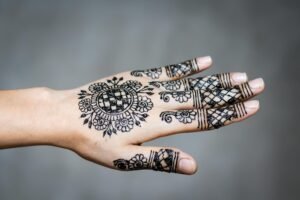
Furthermore, the use of mehndi stencils and ready-made cones has made application easier for beginners, allowing even amateurs to experiment with beautiful designs at home.
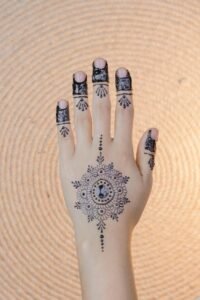
Tips for Applying Mehndi
To get the best results and rich color from your mehndi, keep the following tips in mind:
-
Clean Skin: Wash your hands and feet thoroughly before applying mehndi. Avoid applying lotions or oils beforehand.
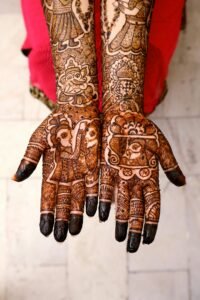
-
Drying Time: Keep the mehndi on for at least 4–6 hours, or overnight if possible.
-
Avoid Water: After removing the dried paste, avoid washing with water immediately. Instead, use a blunt object or natural oil to scrape it off.
-
Heat for Darker Color: Applying gentle heat (like steam from cloves on a hot pan) after removing the mehndi can deepen the color.
Why Mehndi Is Timeless
What makes mehndi so special is its universal appeal. From a child’s first festival to a bride’s wedding day, mehndi adds meaning and beauty to every occasion.
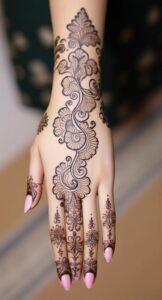
It is an art that transcends trends and time—ever-evolving, yet always rooted in tradition.
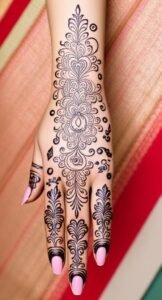
Every swirl, flower, and motif in a mehndi design tells a story. Whether it’s the delicate vines on a bride’s hand or a simple pattern on a young girl’s palm, mehndi carries with it memories, culture, and celebration.
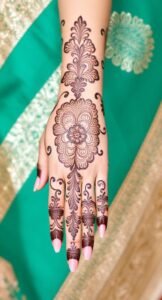
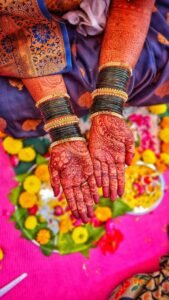




Leave a Reply